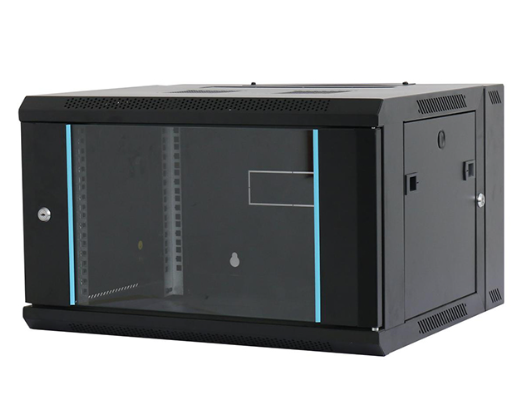News
Site Editor
 Site
https://leonetworkgroup.usa18.wondercdn.com/uploads/image/5fe152faa587d.png
A LAN (Local Area Network) cable tester is a device used to verify the integrity of network cables. This device tests the twisted pair cables that make up network cables for continuity, miswires, shorts, and straightness. A LAN cable tester has two ends, one for each end of the cable, and it can detect any faults in the cable between the two ends. In this article, we will discuss how to use a LAN
Site
https://leonetworkgroup.usa18.wondercdn.com/uploads/image/5fe152faa587d.png
A LAN (Local Area Network) cable tester is a device used to verify the integrity of network cables. This device tests the twisted pair cables that make up network cables for continuity, miswires, shorts, and straightness. A LAN cable tester has two ends, one for each end of the cable, and it can detect any faults in the cable between the two ends. In this article, we will discuss how to use a LAN
How To Use Lan Cable Tester
Views: 785
Author: Site Editor
Publish Time: 2023-07-18
Origin: Site
A LAN (Local Area Network) cable tester is a device used to verify the integrity of network cables. This device tests the twisted pair cables that make up network cables for continuity, miswires, shorts, and straightness. A LAN cable tester has two ends, one for each end of the cable, and it can detect any faults in the cable between the two ends. In this article, we will discuss how to use a LAN cable tester.
Step 1: Identify the type of cable
Identify the type of cable you are testing. This will determine the type of connector that the tester should have. There are different types of connectors such as RJ-45, RJ-11, BNC, and F-connector. The most commonly used connector is the RJ-45.
Step 2: Turn off the network devices
Before testing the cable, turn off all the network devices that are connected to it. This will ensure that no data is being transmitted on the cable.
Step 3: Connect the tester to the cable
Connect one end of the tester to one end of the cable and the other end to the other end of the cable.
Step 4: Turn on the tester
Turn on the tester and wait for it to initialize. Different testers have different initialization times, so refer to the user manual for details.
Step 5: Select the testing mode
Select the testing mode you require. The most commonly used testing modes are the TIA-568A/B, Crossover, and Continuity.
Step 6: Read the results
Once the testing is complete, the tester will display the results. The results will show which pins are connected, crossed, or open. If there is a fault, the tester will show the fault type and location.
Step 7: Record the results
Record the test results for future reference.
Step 8: Fix the problem (if any)
If a fault is detected, locate and fix the problem. If there is a break in the cable, replace the cable. If there is a bad connection, re-crimp or replace the connector.
In conclusion, using a LAN cable tester is a simple process but an important step in ensuring the integrity of network cables. By following these steps, you can easily identify any faults in the cable and fix them before they cause network problems.
If you want to know more about industrial network cabinet,china fiber optic splice closure,china fiber optic distribution box,please consult the fiber optic splice closure factory









